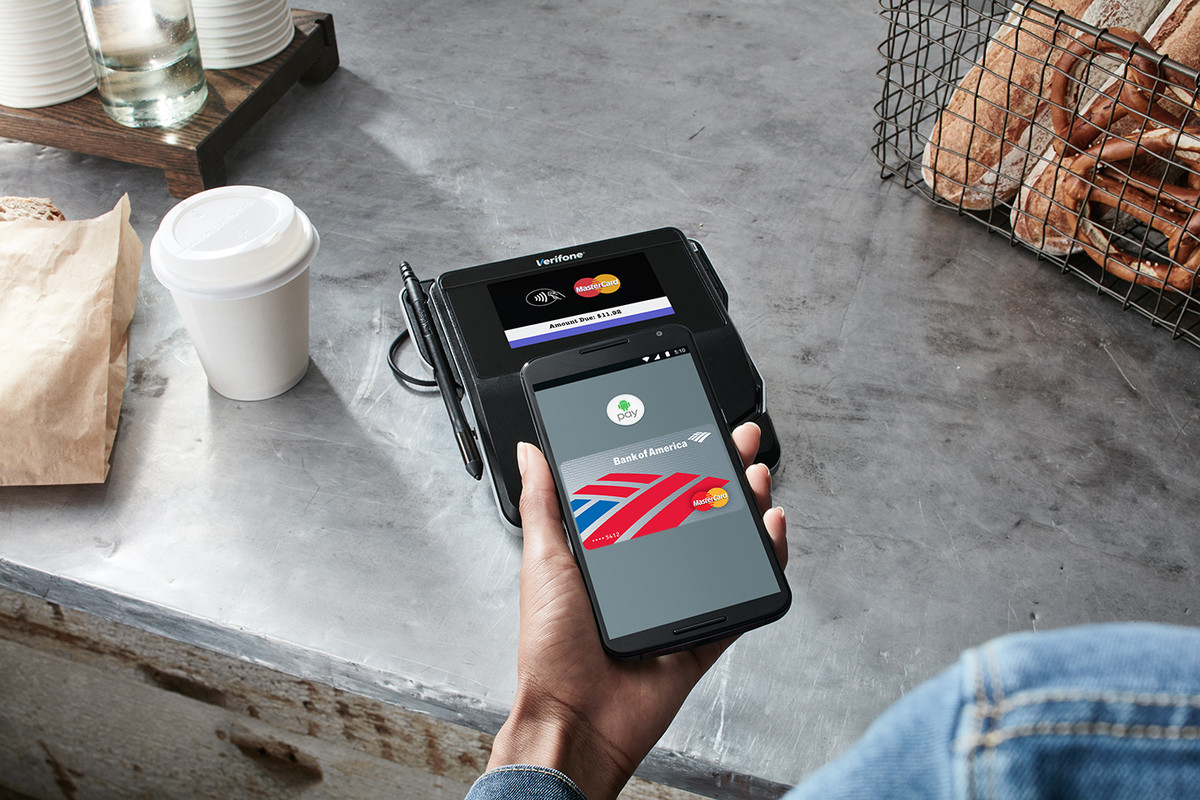
- 2 Min Read / Blog / 3.2.2020

Like most new technologies, contactless mobile payments are being used by more consumers, more frequently every day. Forecasts predict that, by next year, more than 100 million people will use their smartphones in lieu of a physical credit card to pay for things when they shop. One hundred million is certainly a large number, but compared with the billions of global smartphone users, the overall penetration of the mobile wallet is still relatively small.
Google’s most recent move with its mobile wallet platform is about to speed that growth process up even faster. The tech giant, whose Android Pay platform lets users store payment forms—like credit and debit cards—in its digital wallet, announced that it’s made it simpler than ever to add bank cards to Android Pay.
Prior to this development, a bank’s customers could not directly use their bank’s mobile app to add debit or credit cards to a digital wallet like Android Pay or Apple Wallet. Instead, those customers needed to remember that the wallet app exists and then manually input their card details before a card could be securely added. For bank brands, this experience has been fraught with challenges, specifically how to encourage its customers to complete a process the bank itself has no control over. Both Google and Apple have done their part in making the process of adding payment cards to their digital wallet platforms simpler over time. For example, both Android Pay and Apple’s Wallet app use the smartphone camera to scan a user’s payment card and use automated content recognition to pre-fill as much information about a card as possible.
Google’s development removes two major hurdles for banks and customers who want to take advantage of the security and convenience features offered by a mobile wallet. First, if a bank customer has the bank’s app installed on an Android device, he or she can initiate and complete the process that adds a credit or debit card to Android Pay. Second, and even more interesting, users are no longer required to have the Android Pay mobile app installed on their device. Instead, it appears that features of Android Pay are accessible directly from a user’s banking app.
The ubiquity of mobile banking cannot be understated, and the rapid growth of global consumers using mobile banking apps is one of the reasons Google is so keen to be first to market with a feature like this. While the initial rollout is focused on five major partner banks, the promise of additional opportunities won’t be far off. As with any new technology, especially one supported so strongly by a major mobile operating system developer, those companies that invest strategically up-front, and maintain their approach long-term will ultimately win.
Image source: Digital Trends